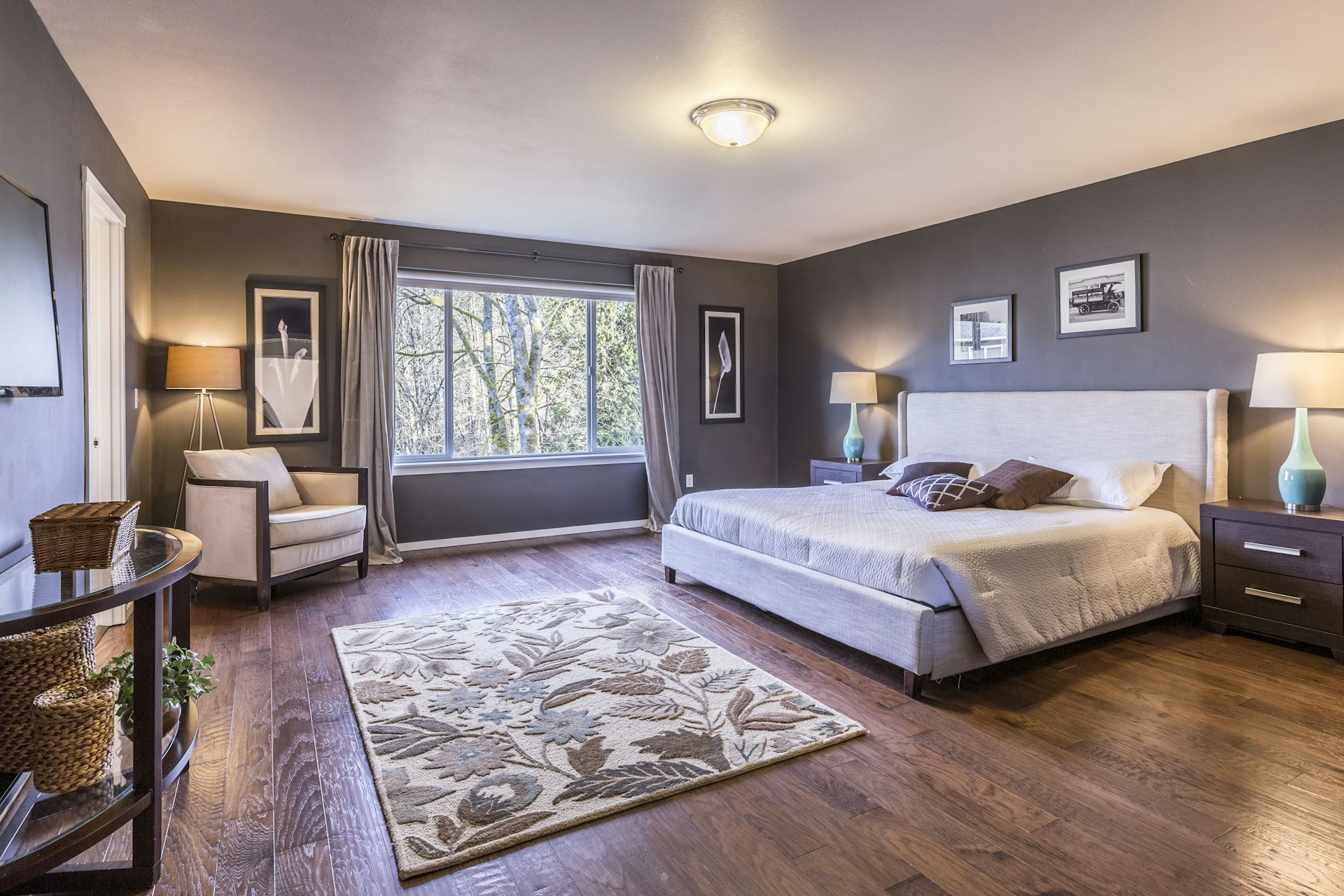
Co-Living Security Inspection Checklist
Co-living is great until a roommate props the front door open for food delivery and your laptop walks away. I've lived in 17 co-living spaces across five continents, and the difference between a smooth stay and a security headache always comes down to the first hour. Here is the inspection I run before I unpack so I know exactly what—and who—I'm living with.

0. Make It Official
- Request the security policy in writing. Good operators have a PDF outlining visitor rules, camera coverage, and emergency procedures. If they hesitate, reconsider.
- Sign NDAs and house agreements after reading. Look for clauses about liability for theft or damages; negotiate anything vague.
1. Perimeter & Access Control
| Item | What I check | Red flags | | :-- | :-- | :-- | | Entrance door | Keycard or PIN? Auto-closing? | Propped open, mechanical lock only, visible wear on strike plate | | Cameras | Coverage at entrance, common areas? | Dummy cameras, disabled indicator LEDs | | Security staff | Present 24/7? Vetting process? | “We have someone sometimes” | | Lock logs | Can management provide access logs on request? | No log retention / “we don’t track that” |
I also test the door by closing it gently—does it latch without slamming? If not, I take video evidence and ask for maintenance.
2. Room-Level Security
- Door hardware: I want a solid core door, functional deadbolt, and ideally a personal keycard. If it’s a simple bedroom knob, I install a portable door reinforcer (DoorJammer).
- Windows: Check locks and sightlines. If ground-floor, I add a window alarm (cheap peel-and-stick sensors).
- Storage: Look for lockable cabinets or lockers. I use a Pacsafe steel mesh for luggage if none provided.
3. Network & Workspace Hygiene
- Wi-Fi segmentation: Ask whether private VLANs exist per room. If not, I deploy my GL.iNet router to create a personal network and disable device discovery on the main Wi-Fi.
- Ethernet availability: Speed test via ethernet for mission-critical work; if absent, I evaluate whether my LTE fallback will be strong enough.
- Shared hardware: Inspect printers, communal desktops. If present, I assume they log everything and avoid unless necessary.
4. Roommate & Resident Vetting
- Talk to current tenants. Ask how long they’ve lived there, whether packages go missing, how management handles disputes.
- Review background procedures. Serious operators run ID checks and at least basic background vetting. If “anyone with a credit card can book,” treat the space like a hostel.
- Quiet hours & visitor policy. Too lax? That means random strangers after midnight.
5. Safety Gear Inventory
I note where everything lives and confirm it works:
- Fire extinguishers: pressure needle in green, inspection tag current.
- Smoke/CO detectors: press test button.
- First-aid kits: stocked, not expired.
- Emergency exits: clear, not locked.
- Earthquake/hurricane supplies if relevant region.
6. Documentation & Contacts
- Record local emergency numbers (police, fire, medical) plus building manager contact in my phone and on a physical card taped inside my locker.
- Photograph building layout maps for easy reference.
- Note camera coverage zones—know which corners are blind.
7. Red Team Drill (Optional but fun)
I run a quick social engineering check:
- Walk outside, buzz the intercom, and claim to be “friend of Alex.” If someone grants entry without verifying, that’s a trust gap. I report it to management with recommendations (e.g., adding unique guest PINs).
8. Baseline Condition Report
Before moving gear in, I document the state of the room (photos, short video). Prevents disputes later if something breaks or goes missing.
Quick Reference Checklist
[ ] Entrance door self-closes, monitored by camera
[ ] Personal room door solid with functioning lock
[ ] Lockable storage available (or portable safe deployed)
[ ] Wi-Fi segmented or travel router installed
[ ] Roommates vetted + visitor policy enforced
[ ] Fire/safety equipment inspected and mapped
[ ] Emergency contacts saved locally and offline
Conversation Starters with Management
- “How do you handle lost keycards? How quickly can you revoke access?”
- “What’s the process for reporting suspicious behavior?”
- “Do you audit access logs regularly?”
- “How fast can maintenance respond to door/lock issues?”
- “What’s the policy for incoming packages and courier verification?”
If They Fail the Test
- Mitigate: Portable locks, travel router, personal cameras can cover gaps.
- Escalate: Ask for security improvements in writing. Many operators respond if you present a detailed list.
- Relocate: If red flags pile up (zero logs, constant strangers), I look elsewhere. Losing a deposit hurts less than losing gear or personal safety.
Co-living can be a productivity boost when done right. Run this inspection, negotiate gaps, and you’ll know whether the community is worth trusting before your suitcase hits the floor.